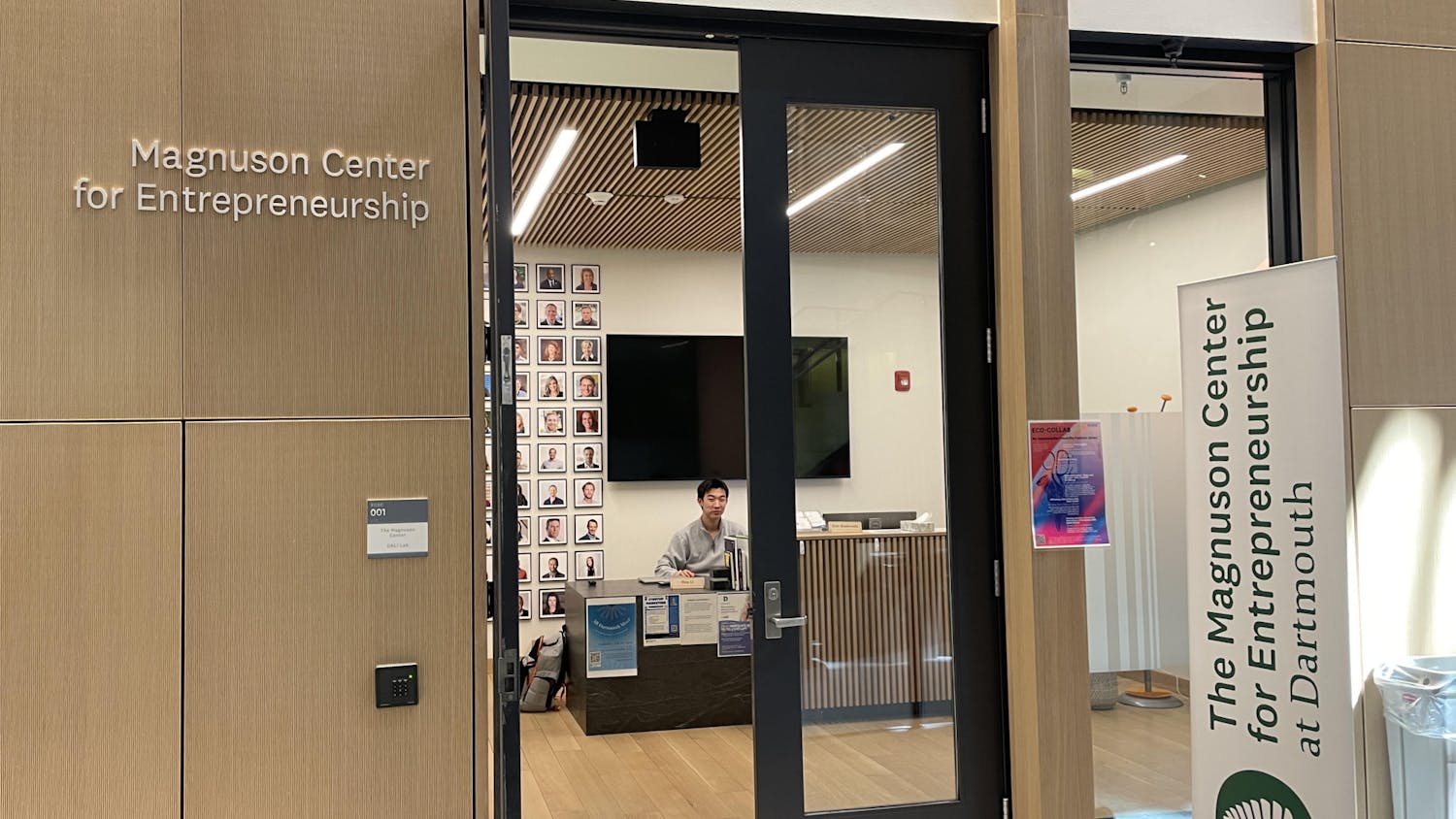New research by Dartmouth and Harvard University researchers has found that hypervelocity planets may be flung to the outer reaches of the galaxy by black holes at speeds matched only by subatomic particles. In a paper soon to be published in the Monthly Notices of the Royal Astronomical Society, the team argues for the existence of planets traveling at 1.5 to 30 million miles per hour.
Dartmouth physics and astronomy graduate student Idan Ginsburg worked with his doctoral advisor, physics professor Gary Wegner, as well as Avi Loeb, chair of the Harvard astronomy department, in writing the paper. Their research builds on previous work on hypervelocity stars, which appear when a binary star system two stars orbiting a central point enter the gravitational well of a black hole, similar to the one at the center of the Milky Way galaxy, Ginsburg said.
The black hole tears the stars apart, sending one of the stars hurtling from the galaxy at very high speeds while the other remains within the gravitational pull of the black hole, according to Ginsburg.
While studying at Harvard with Loeb, Ginsburg began to wonder if planets could experience the same ejection mechanisms as hypervelocity stars, he said.
"I've been working on hypervelocity stars for a while," Ginsburg said. "Nobody asked about the planets. It's a very logical question to ask."
Loeb became convinced that such planets could be seen through a telescope as "transits," or traces, as they crossed a star's light. He subsequently launched his collaboration with Ginsburg to examine the possibility of such planets' existence, Loeb said.
"Once we realized that, it was clear to me that we could make a paper out of this," Loeb said.
Ginsburg and Loeb continued their collaborative research following Ginsburg's move to Dartmouth to continue his studies. They developed computer simulations to explore the existence of hypervelocity planets, using facilities at both institutions, according to Ginsburg.
The simulations placed the planets orbiting the binary stars in a binary planet system. When subjected to the same pressures that form hypervelocity stars, the models revealed that the planets would be similarly ejected at high speeds, Ginsburg said.
The planets would travel toward the outer reaches of the galaxy and beyond at 1.5 to four times the speed of hypervelocity stars, potentially making them the fastest moving objects other than subatomic particles, Ginsburg said.
The researchers expect the paper to be published "any day now," Ginsburg said.
Loeb and Ginsburg said they hope the paper will inspire astronomers to look closely at hypervelocity stars to determine whether or not a planet is moving around a given star. Hypervelocity stars are rarely seen due to technological limitations, but observing a planet orbiting a hypervelocity star would "say a lot about having planet formation" around the center of a galaxy, Ginsburg said, describing this possibility as "the cutting edge of knowledge."
The research will also augment general knowledge about black holes and the universe, according to Wegner.
"I think it's a new phenomenon that people hadn't thought about," he said.
Ginsburg said he will continue to work with hypervelocity stars and planets but that he hopes to "branch out" into other areas of research in the future.
He has recently acquired new data on hypervelocity stars and said he is excited to begin analyzing it.
"Much of this work is theoretical, but it makes testable predictions," Ginsburg said. "Just because you don't see something right away doesn't mean it's not out there."



